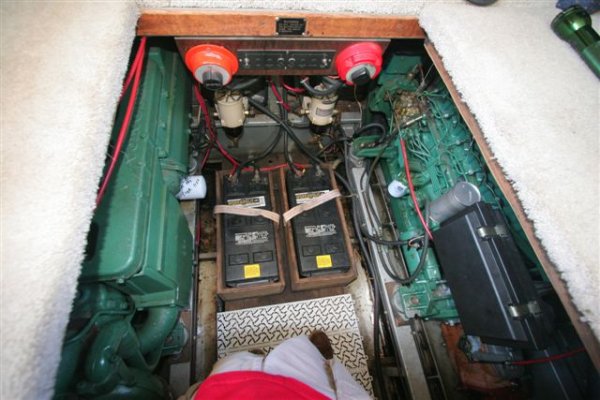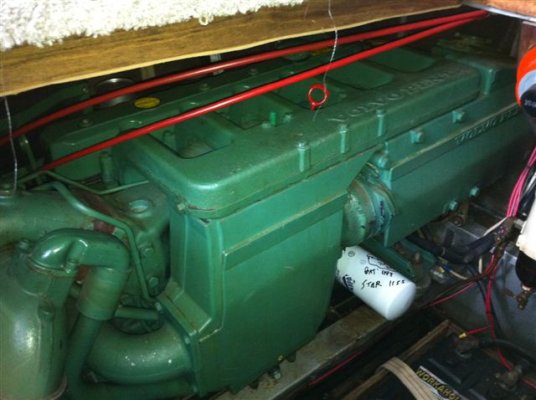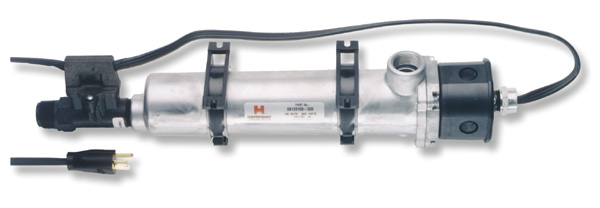CPseudonym
Moderator Emeritus
I'm interested in hearing from those who use block heaters and the benefits you've experienced. I have land based emergency generators (500-2,000 KW)that utilize them but they go from dormant to 1800 rpm in less than ten seconds with monthly test runs. I live in an environment that ambient temperature often keeps these units above the 90 degree F factory setting but the factory maintenance techs insist on keeping them on anyway for piece of mind.
Am also interested in hearing from those that do not use them for a specific reason. I've often intuitively thought they made great sense on boats but may be missing something obvious.
Am also interested in hearing from those that do not use them for a specific reason. I've often intuitively thought they made great sense on boats but may be missing something obvious.






